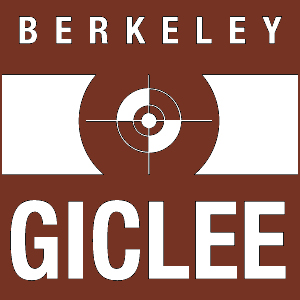|
What is a giclée, and where did the name and technique come from?
A giclée (zhee-KLAY) is an individually produced, high resoloution reproduction printed on archival paper or canvas.
When Jack Duganne coined the word “giclée” in 1991 for the Nash-Studios he started a new era of high class printing no longer based on pressuring ink on the media but spraying it in tiny drops on the substrate (canvas or paper). That is what the print heads on inkjet printers do. To make a severe distinction between low end and high end inkjet printers he borrowed the French word “gicler” which means to squirt, spurt or spray. In the beginning of the nineties the best results were achieved with high end very expensive Iris inkjet printers. The fine prints of these dye based printers, which had only four colors (CMYK), were accepted for the first time in the history of inkjet printing by some museums and collections. Today’s printing technology has far surpassed the original Iris 3047 in terms of both quality and archival characteristics.
Giclée prints are sharper, brighter, last longer and have a color gamut far beyond traditional lithography. Because they can be produced one at a time, the process allows the artist to control nearly every aspect of the reproduction.
How long does the process take?
It usually takes two days to photograph the artwork, another day for testing, and two more days to print after you have approved the job. If you provide digital files allow two days for printing. If you want the canvas stretched allow 5 additional days. So one week is normal schedule, two weeks including stretching.
|
